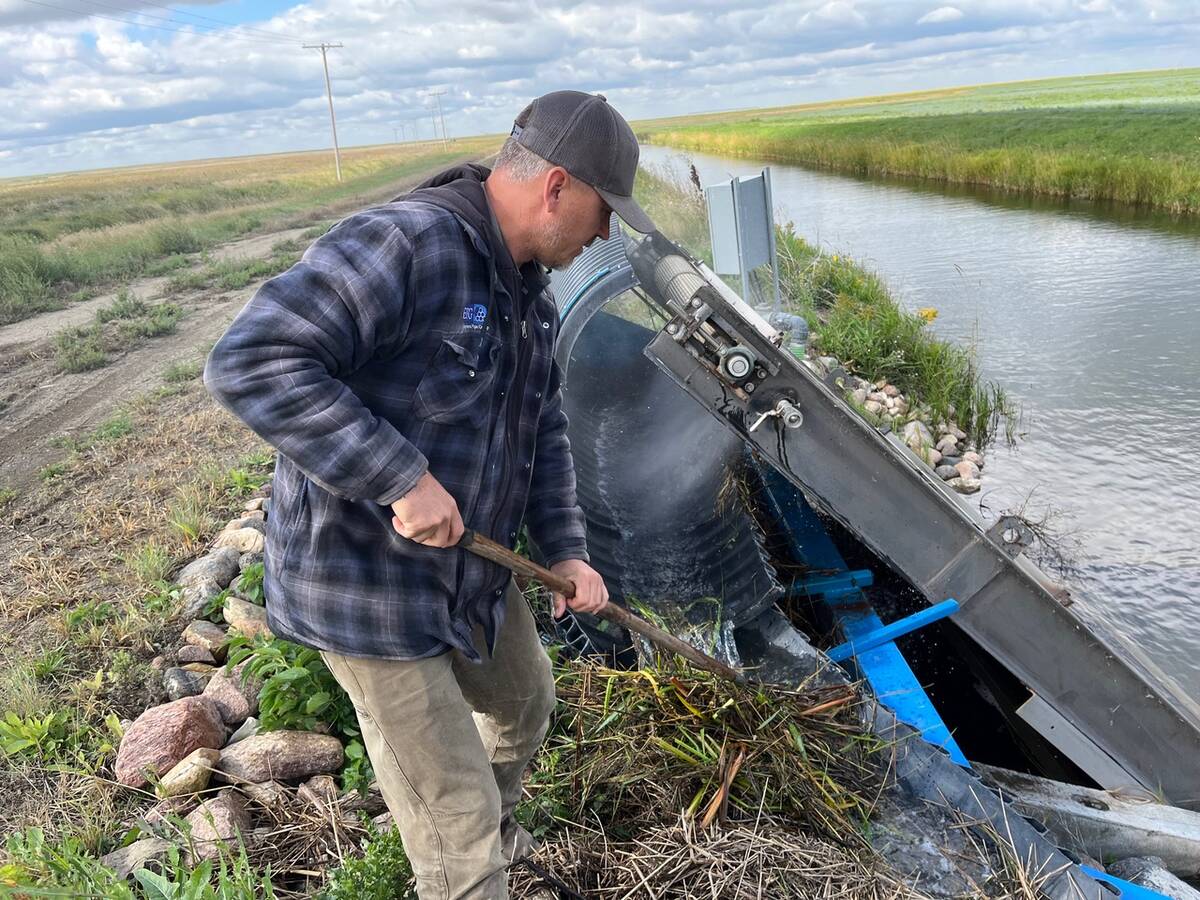Results from the first group of Alberta elk tested for chronic wasting
disease have come back negative.
But that doesn’t mean Alberta elk are clear of the disease, said a
federal government veterinarian.
George Luterbach said test results from 11 of the 12 elk tested for
chronic wasting disease are negative. Results from the last elk haven’t
been completed because the animal was killed one week after the others.
“That was good news for us and for the producers who purchased the
Read Also

Saskatchewan farmer uses tile drainage to manage water
The integration of both irrigation and tile drainage results in higher yields, water efficiency, improved soils and less nutrient runoff, says one producer.
animals,” said Luterbach of the Canadian Food Inspection Agency.
The 12 elk were traced to 12 different farms. They came from the
original herd where a young elk tested positive for chronic wasting
disease in March.
“Those herds are clear. If they test negative and they’ve no other
suspicious deaths in the herd or no other evidence that suggests
diseases, they’d return to business as usual.”
The discovery of chronic wasting disease in an Alberta elk is a signal
to Luterbach that CWD has been in the province’s captive elk population
but remained undetected since Alberta’s borders were closed to outside
elk in 1988.
“It raises a concern the disease may have been there since that time,
” he said.
“We’d hoped the disease was not in Alberta.”
Until the Alberta discovery, CWD has been limited to Saskatchewan and
the United States.
Since the discovery of CWD, 8,020 animals in Canada have been destroyed
in efforts to control the disease. It has cost CFIA more than $30
million- mainly for compensation to producers and to dispose of the
animals.
It was believed Alberta escaped the disease when it closed its borders
and slaughtered many elk imported from the U.S. because of tuberculosis
during the early 1990s.
Some of the seed stock for the northern Alberta elk herd where the
disease was detected came from South Dakota more than 10 years ago,
when it is believed CWD originally came to Canada.
“One would expect if this animal was a Canadian born animal, that
somewhere along the line since 1988, when Alberta closed off its
borders, there’s been at least one case every two to three years with
some sort of a continuity for the disease to carry on.”
Scientists believe that disease symptoms become evident within three
years. If no elk have been allowed into Alberta since 1988 and it takes
three years for an animal to be declared free of the disease, Luterbach
thinks there has been some continuous undetected link for more than 10
years.
“The issue is one of continuity over time. Our findings in Saskatchewan
… that there was sort of a chain of at least one animal dying, now in
hindsight under suspicious circumstances, every couple years,” he said.
“There was at least a continuity of the disease from one animal to
another over time.”
Once the main herd is killed and tissue from the elk tested for chronic
wasting disease, CFIA officials will try to trace the diseased elk’s
history in hopes of finding a link to where it might have contracted
CWD.
“We will be checking out all the purchases this farm had. We will go
back to those farms and do a study of their herd, sources of animals,
deaths in the herd, whether or not they’ve been tested and what
circumstances the animal died,” he said.
“The highest risk animals are animals that have been exposed to animals
that have been dying over time from CWD.”
















